[ad_1]
Martech software program corporations — and SaaS distributors in standard — have numerous unique techniques they can demand for their products.
The typical SaaS subscription styles have used seat-based mostly and tier-based pricing. As a consumer, you pay for the range of persons (“seats”) working with the item in your company. Or, you fork out for bundles of features presented in “tiers” — with a lot more characteristics involved at larger-priced tiers.
Or both of those: you spend for seats, but the rate per seat goes up for better tier subscriptions.
Overall, these models have worked nicely for the previous pair of decades. But they have their challenges. The most important is “utilization” — which performance individual users use and how a great deal they use them. The troubles here lower both equally strategies.
Customers complain that not all their users use all the attributes bundled into their seats or tiers. They appear at that unused features as “waste” that they’re overpaying for. Frankly, I’ve constantly imagined this was a misguided way of calculating price from software program. But I’m in the minority on that impression.
Gartner’s been tracking this buyer’s watch of martech utilization for a couple years, and it’s been dropping. How could it not? Program vendors generally increase attributes speedier than most of their buyers can adopt them (howdy, Martec’s Legislation.) And this exacerbates the perception of underutilization.
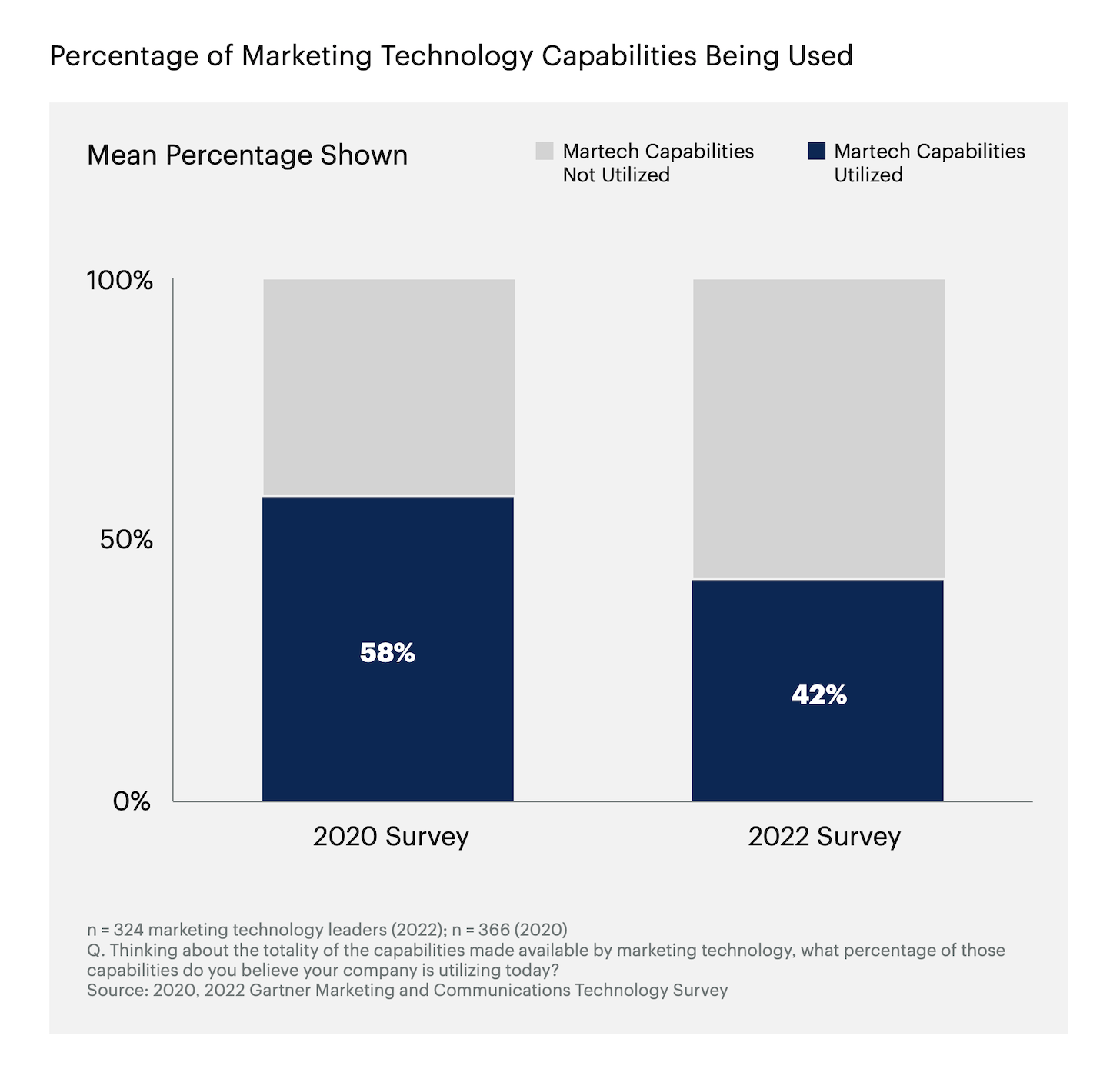
But utilization in seat-based mostly/tier-based mostly subscriptions can be a issue for suppliers too. The characteristics they provide are crafted on top rated of cloud infrastructure that expenses them for compute and storage resources. Distinct attributes can use more or significantly less of individuals resources. And if a compute-intense element quickly receives applied a whole lot by certain users — way much more than anticipated — the charge to the SaaS corporation can change those people consumers from profitable consumers into unprofitable kinds.
Insert “we lose cash on just about every aspect utilised, but we make it up in volume” joke below.
There are other concerns also, such as expanding use through automation and integration by way of other applications. This is a great issue, but it doesn’t generally in good shape cleanly with a seat-based mostly pricing model. More automation and integration can truly minimize the selection of human seats essential to perform with a certain application.
These issues with set pricing on seats and tiers has led to the rise of a new design: use-primarily based pricing. Buyers pay for their consumption of options. If they really do not use a characteristic, they never get billed for it. If they use it a ton, they pay out proportionately to deal with the price tag and margin for the vendor.
OpenView recently unveiled their 2nd yearly Point out of Utilization-Dependent Pricing report. Possibly this most putting finding is that the amount of SaaS corporations working with usage-primarily based pricing has more than doubled more than the earlier five years. And it’s expected to develop even more:
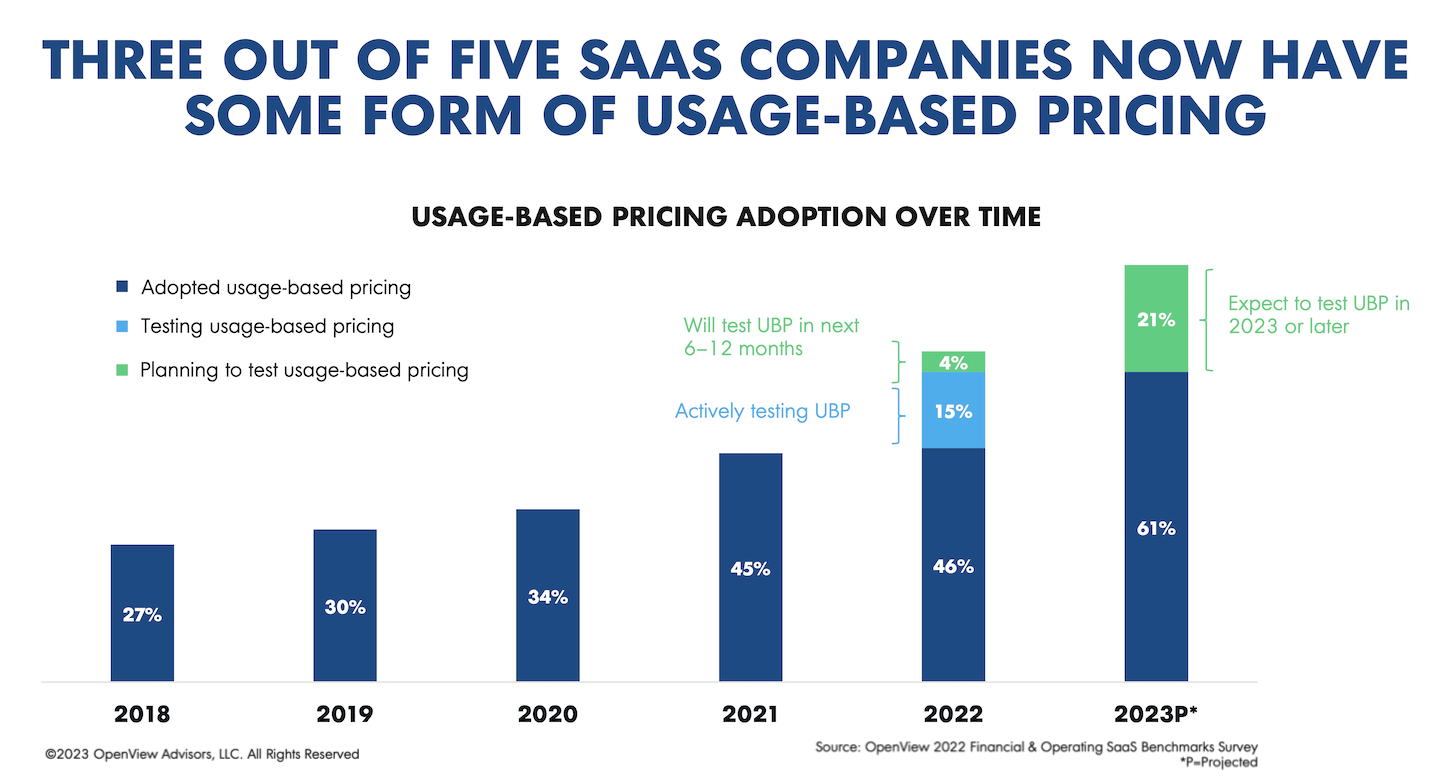
Now, some of these solutions have pure utilization-based pricing. Stripe is a terrific example: you fork out for every transaction.
Other people, have hybrid pricing: you pay for seats and/or tiers, which often consist of a baseline established of “usage” boundaries and the skill to exceed those people boundaries by having to pay for additional usage. HubSpot (exactly where I get the job done) is a wonderful example: a Internet marketing Hub Professional subscription involves a specified range of marketing contacts (and the means to electronic mail them, which is a genuine value), but you can pay out to incorporate on as a lot of other contacts as you like.
Most SaaS business purposes applying use-centered pricing have a hybrid model.
When implemented correctly, use-based mostly pricing is a win-earn for clients and vendors. According to OpenView’s exploration, SaaS organizations that have adopted it have 31% quicker earnings advancement and 9% superior internet greenback retention.
But the most enjoyable thing about this development to me is that it is producing an economic design to assist composability in martech apps.
Utilization-based mostly pricing is aligned with composability
One of the important S-curve traits in advance in technologies that I wrote about earlier this year is “composability.”
The idea of “composable software” is that smaller computer software developing blocks — API services, capabilities, data sources, UI features, etc. — can be assembled with each other like Lego pieces to craft tailor-made digital procedures, employee ordeals, and consumer encounters that are one of a kind to your business enterprise. They can be easily rearranged as demands change and options come up.
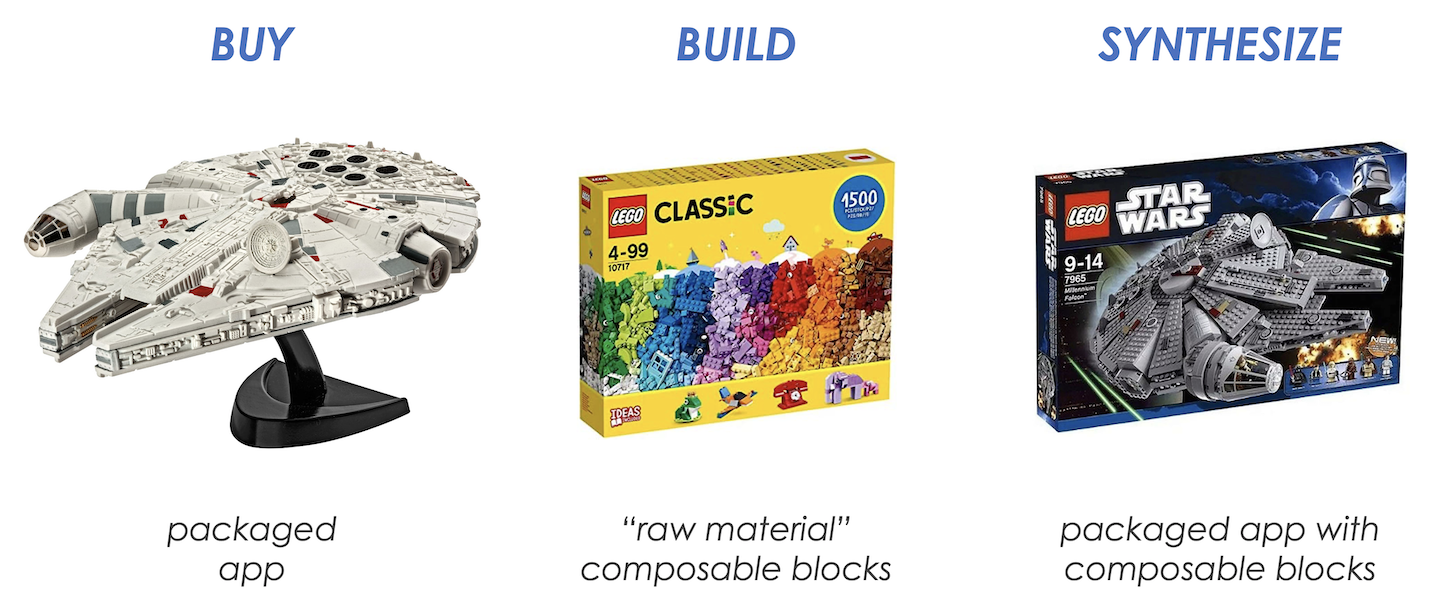
Composability is remarkable mainly because it promises to give us the ideal of two worlds. We can buy off-the-shelf software program abilities, so we don’t have to reinvent the wheel by setting up factors that are commercially offered. At the exact same time, we can create remarkably bespoke encounters for our buyers and our inner functions by designing increased-stage applications and workflows that seamlessly incorporate all those industrial elements.
In a really serious feeling, our business will become a large customized application application. It is unique — and for that reason differentiated in the sector. But it is also successful in leveraging the comparative edge of all the software sellers we draw upon in composing it.
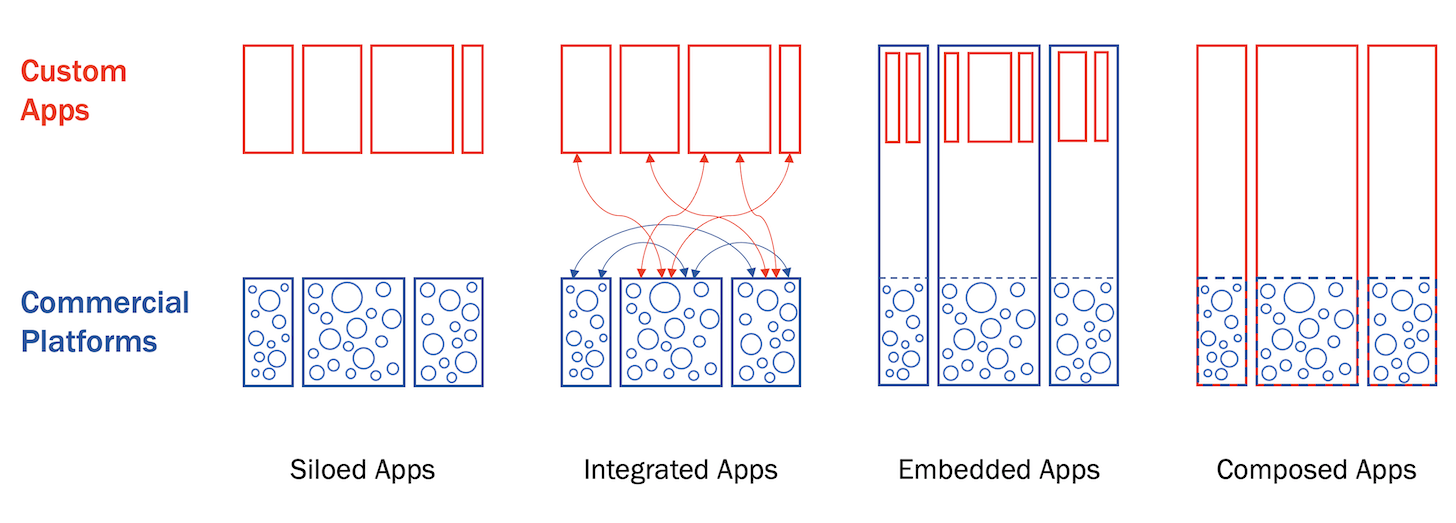
But in this ideal-of-each earth, the boundaries of seats and tiers blur and fade. Use-based mostly pricing, having said that, is effective beautifully in this atmosphere.
These days, cloud program with use-based mostly pricing exists in two clusters: individuals generally serving builders and individuals principally serving company users. There is blending among the two, for positive. But as the energy of AI-driven, no-code applications continues to advance — and as commercially packaged apps in the beginning created for enterprise end users open up up extra and more of their internals by means of APIs to builders — mixing will speed up. These clusters will converge.
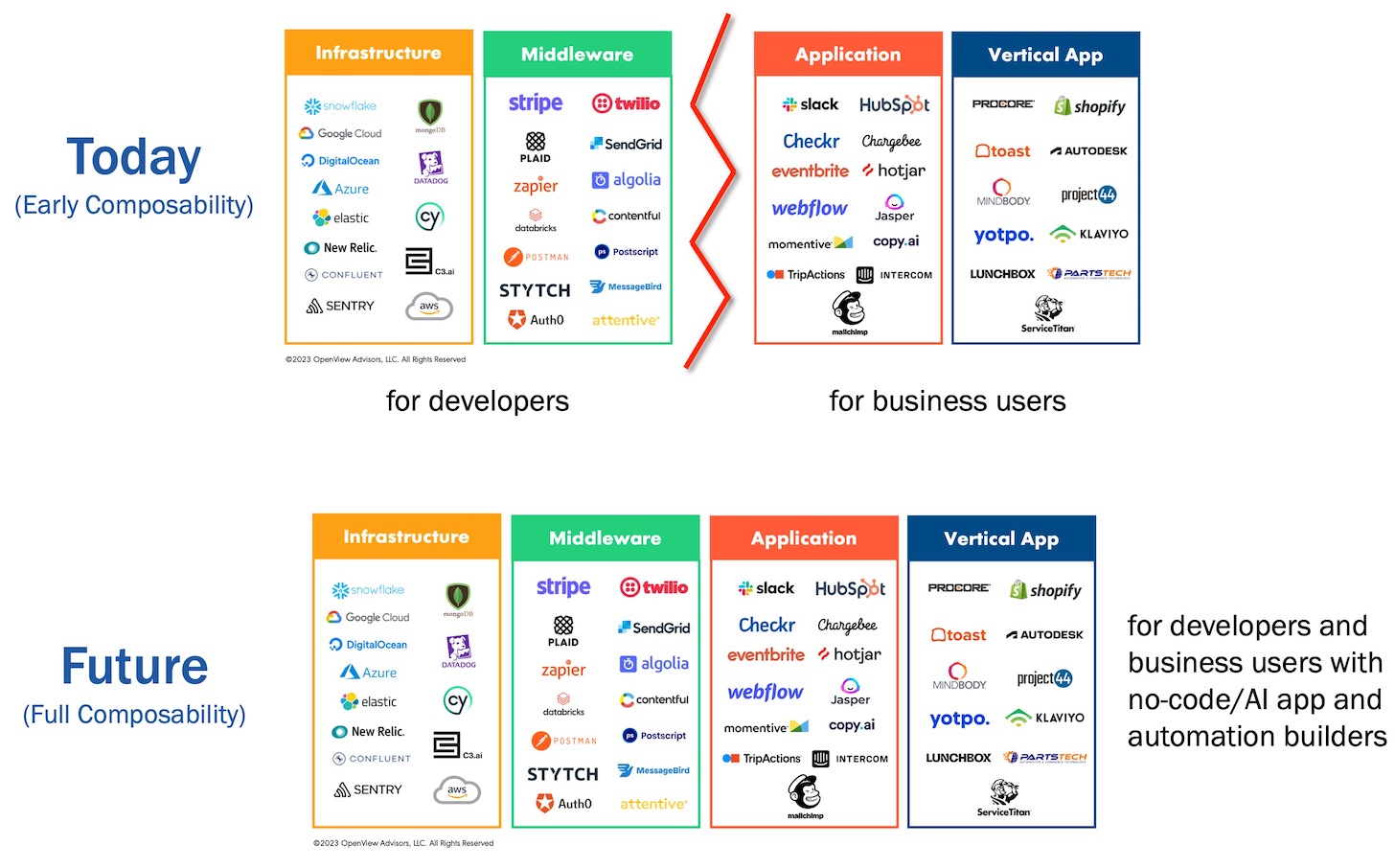
Ultimately, every little thing will be composable. The increase of use-centered pricing is an important action in building that long term authentic.
[ad_2]
Supply connection









